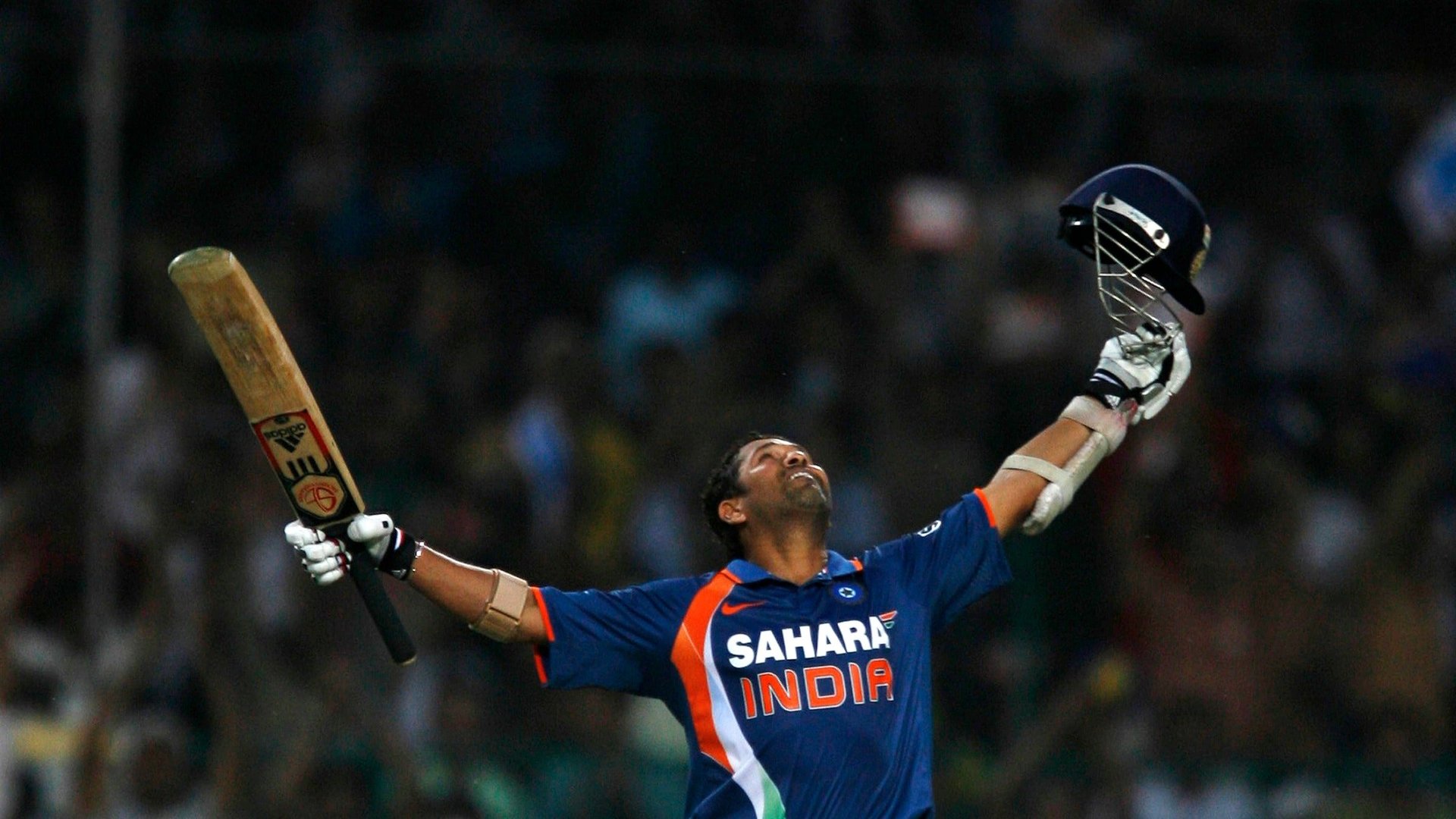With its greatest player retired, Indian cricket is finally worth watching
At some point this week Sachin Tendulkar will have walked off a cricket pitch after having played his last game ever for the Indian national team. Seldom has the retirement of a sportsperson evoked such international appraisal, analysis, and whimsical reminiscing. From Boston to Brisbane, in countries with Indian communities and those without, Sachin Tendulkar’s retirement has made headlines.


At some point this week Sachin Tendulkar will have walked off a cricket pitch after having played his last game ever for the Indian national team. Seldom has the retirement of a sportsperson evoked such international appraisal, analysis, and whimsical reminiscing. From Boston to Brisbane, in countries with Indian communities and those without, Sachin Tendulkar’s retirement has made headlines.
Indeed, there is no doubting the man’s greatness: he is the greatest Indian sportsperson of all time, one of the greatest players in cricketing history, and quite possibly one of the greatest Indians ever, period. What is perhaps harder to pin down is what makes him so great: Technique? Talent? Work rate? Longevity? Consistency? An ability to soak up infinite pressure? His ambassadorship? Or his ability to combine all this with a certain detached dignity?
The riddle of Tendulkar’s greatness will perhaps be his final gift to the cricket writing world, nourishing careers long after his has ended. Except there is one more gift, perhaps, the Little Master leaves the Indian public with: a chance to enjoy Indian cricket with newfound freedom.
Tendulkar’s career has always been the game within the game of Indian cricket—an inevitable sideshow that often overshadowed the main event. In one way or the other Tendulkar has loomed over every single match featuring an Indian side for most of the last 2 1/2 decades.
Throughout the 90s, when Tendulkar was at his dominating best, there were two phases to an Indian cricket match: when Tendulkar was batting—and the rest of the match when he wasn’t. For all practical purposes, these were two separate matches with two distinct viewing audiences. It was not uncommon for many Indian cricket fans—most definitely myself—to ask “How much did Sachin score?” before asking “Did India win?” A sub-optimal Tendulkar performance—anything less than, say, 120 runs in 70 balls—could often curtail the delights of a good Indian win.
Many cricket fans, writers, and bloggers romanticize this phase of the “dual allegiance.” First God and then country.
Later in his career, as Tendulkar began to scale back his commitments to shorter formats, this game within the game changed. It then became a series of questions and comparisons and scenarios. They went something like:
Is Sehwag the new Tendulkar?
Is Kohli the new Tendulkar?
What would Tendulkar have done?
What did Sachin do in the same situation in 1996 in Durban?
Is this even better than the Desert Storm innings?
Who does that shot remind you of?
Why can’t he be humble and dignified like Sachin?
Is this the buffoon who will replace Tendulkar in the side?
Like all great men who have dominated their field, Tendulkar cast long, ominous shadows even when his sun was nowhere on the horizon. Both phases—first “dual allegiance” and “What Would Sachin Do?”—added on a parallel track of analysis that was not always necessary. Why must a great team triumph be partially judged on an individual’s performance? How does it matter if someone is as good or as dignified as Sachin Tendulkar was? How reasonable is it to compare every Indian batsman to this god amongst men? Even in recent years as Tendulkar has figured less and less in India’s cricketing triumphs, these questions persist. He is the benchmark against which everything is measured.
In a few days time this game within a game will abruptly end. The most dominant variable will be yanked out from the messy polynomial equations of Indian cricket. And Indian cricket will completely return to its mortal coils after 24 years of flirting with the divine. What a wonderful thing.
Social networks are awash with Indian cricket fans saying that after Sachin there is no point in watching cricket any more. That the beauty has gone out of the game for them. But I think Tendulkar’s departure signifies, in some ways, the rebirth of Indian cricket. It is conceivable that much greatness will emerge from the current and future crop of Indian cricketers. But none of them will come close to emulating Tendulkar’s stranglehold on the Indian cricketing mind. At least not for a generation or two.
In the meantime, many Indian cricket fans finally have the opportunity to enjoy the sport afresh. Without the baggage of divinity or perfection. It will not be easy. The questions and comparisons and benchmarks will persist a little. But they will go away. No longer will we have one individual making up for collective confusion. No longer will we have the game within making up for the game without. Those shadows will recede.
The immortal has stepped away from the pitch. Let the mortals of Indian cricket now shine. It won’t always be very pretty. But please keep watching.